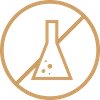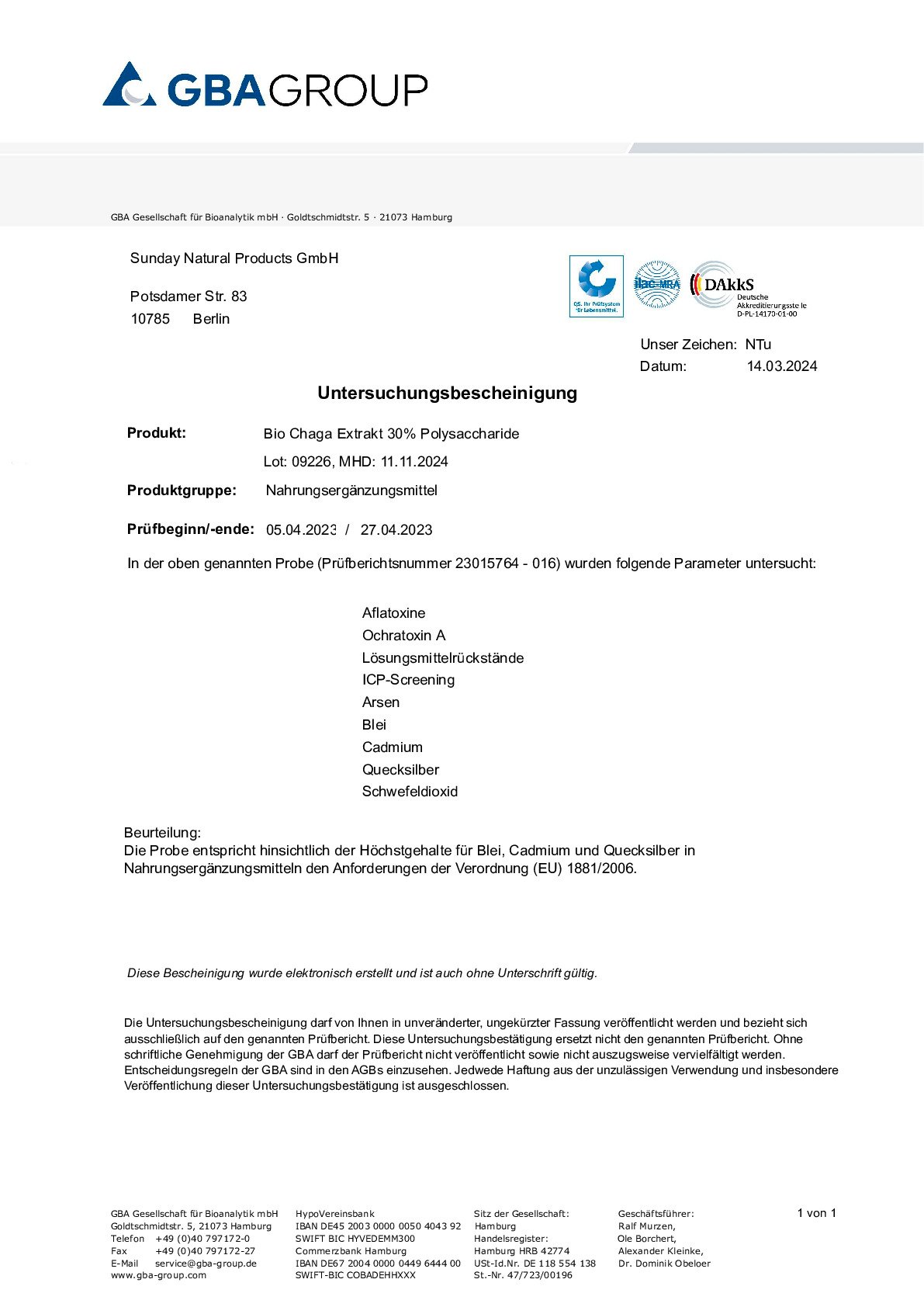Chaga (Inonotus obliquus; Fungus betulinus; "clinker polypore")
The chaga mushroom is native to Siberia and northern China. This type of mushroom flourishes on birch trees, and is most commonly found in the birch forests of Russia, Northern and Eastern Europe, Canada, Alaska and Northern USA, Korea and Japan. Inhabitants of Siberia have long brewed strong teas from the mushroom and call the drink a "gift from God". Chaga has enjoyed a 4,000-year-long history in traditional Russian and Chinese medicine, where it has been used as a natural remedy for stomach and intestinal illnesses and for general strengthening of the body.
In Russia and Siberia, the chaga mushroom is not only used for medicinal purposes, but also for shaman rituals, especially among the Khanty people, who gave chaga its common name. Chaga has also been considered a medicinal mushroom by the Ancient Egyptians, Mesopotamians, indigenous peoples of North America, and the indigenous Ainu people of Japan.
The use of chaga is quite similar across cultures: the mushroom is almost always taken as a tea. The wood-like mushroom is dried and broken, and the resulting chunks and powder are used to prepare a tea which has a strong, earthy taste.
Modern research has identified over 200 active biological substances found in chaga. It is particularly rich in polyphenols, various complex polysaccharides, melanin, beta-glucans, betulinic acid, alkaloids, tannins, triterpenes, superoxide dismutase (SOD), amino acids, and minerals.
Dark on the Outside, Light on the Inside
From the outside, chaga does not look like a typical mushroom, but rather like burned coal ("clinker") with a hard, brittle surface and cork-like texture. Chaga are dark brown or black with greyish-white spots. The hard crust is dark due to its high melanin content. High-quality chaga has a light amber colour on the inside.



























